Standard First Aid Course
Description
By learning standard first aid, you will improve your ability to respond to emergencies at home and at work. The course we offer at the Western Institute of Emergency Education is Standard First Aid CPR AED Level C. Taught over two days, it covers everything you need to know to meet the requirements set by workplace regulators in most provinces in Canada, including environments with children under the age of five.
Who Should Take the Standard First Aid Course?
Anyone who wants to gain first aid skills can benefit from this training —previous experience is not required. You will learn to manage emergency situations before first responders arrive and to deal with common injuries.
If you work in health care, including if you are a regulated health care professional in Canada, we recommend that you take the standard first aid BLS provider course instead.
What Does Standard First Aid Cover?
You will receive 16 hours of instruction and hands-on training in the following topics:
- Preparing to respond
- Emergency scene management (EMS)
- The Check, Call, Care procedure
- How to care for both conscious and unconscious patients
- Airway emergencies and choking procedure for adults, children, and babies
- Dealing with circulatory emergencies like chest pain, stroke, and life-threatening bleeding
- Coping with breathing emergencies, including hyperventilation, severe allergic reactions, and asthma
- Caring for basic wounds and bleeding
- Handling all types of injuries: head, spine, pelvis, joints, and bones
- The procedure for sudden medical emergencies like seizures, fainting, shock, and diabetic emergencies
- Common poisons in the home and workplace and how to deal with poisonings
- The program also includes CPR training to respond to cardiac emergencies, including with an AED — automated external defibrillator. You will learn the different CPR techniques for adults, children, and infants.
To pass, you need to attend both days from beginning to end, score at least 75 percent on a written exam, and demonstrate understanding and adherence to the Fundamental Principles.
Standard First Aid Recertification
Certification from the standard first aid course is valid for three years. You can renew your qualification by taking a recertification course before the end of the three years. This covers all the topics of the course again to refresh your knowledge and give you the chance to put your skills into practice. This is especially beneficial if you have had few or no chances to put your first aid knowledge into action over the three-year period.
If you specifically need CPR training, we recommend renewal of the CPR course every year, as your skills (along with your confidence) will quickly deteriorate. There is no need to take standard first aid — you can take our standalone CPR course instead.
Types of CPR that can be delivered during a Standard First Aid Course
CPR AED Level C: is designed for people in the workplace, who want to learn how to help an adult, child or infant having a cardiac or choking emergency. You will learn how to recognize cardiac arrest, get emergency care on its way quickly and provide help until someone with more advanced training arrives to take over. You’ll get hands-on practice in performing high-quality CPR, using an AED, relieving choking and doing rescue breathing.
This course includes a written exam in addition to skills testing and is ideal if your workplace or employer requires formal acknowledgement of the knowledge and skills you’ve acquired.
Basic Life Support (BLS) (Formally Known as HCP) is the foundation for saving lives. It is designed for healthcare providers and trained first responders who provide care to patients in a wide variety of settings or by those in a healthcare training program.
Basic Life Support teaches single-rescuer and team basic life support skills for application in both pre-hospital and in-facility environments, with a focus on high-quality CPR and team dynamics.
It will train you to quickly recognize several life-threatening emergencies, give high-quality chest compressions, deliver appropriate ventilations and provide early use of an AED through simulated clinical scenarios and learning stations.
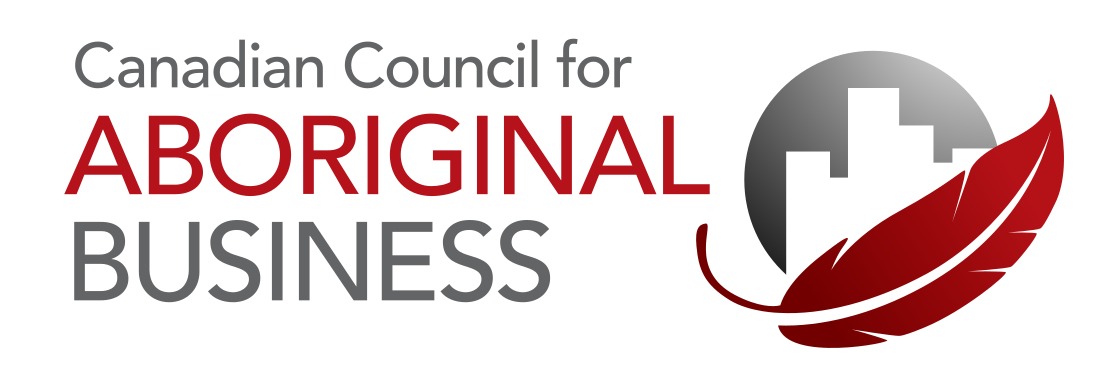
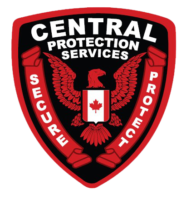
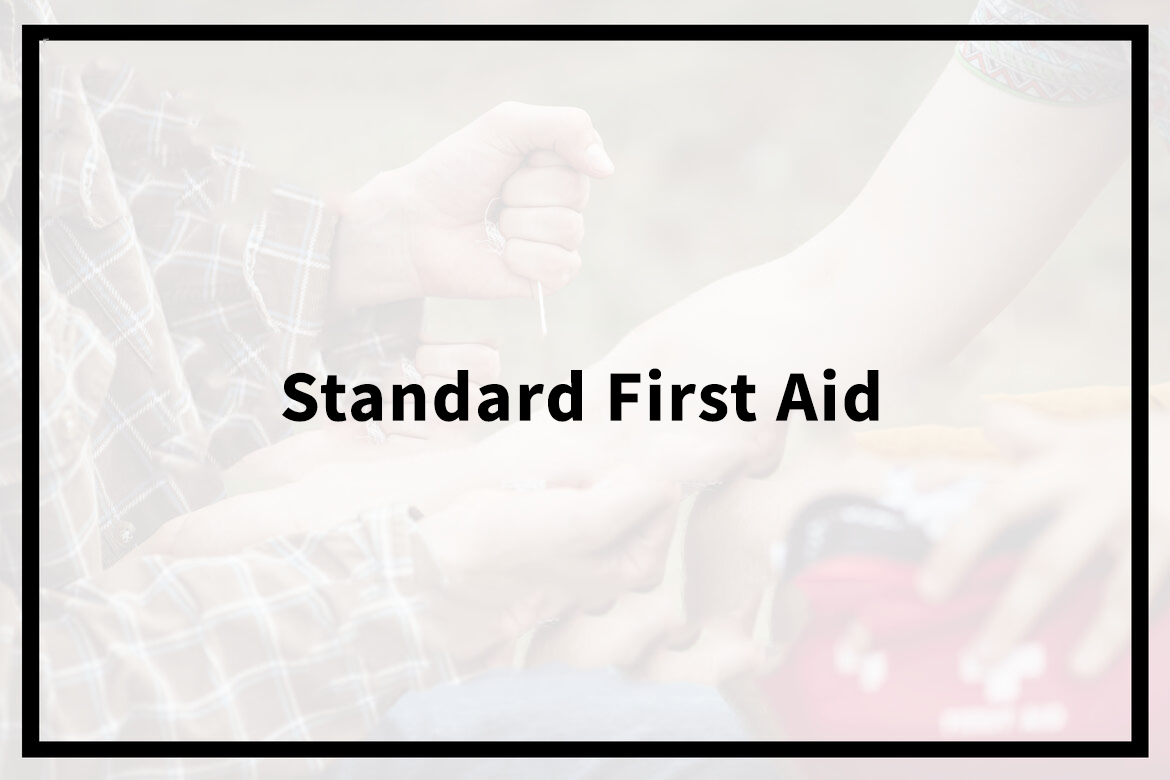
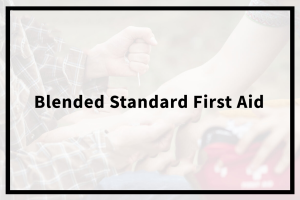
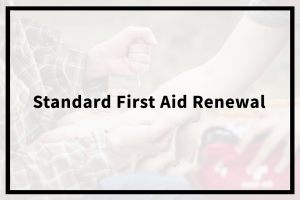




Reviews
There are no reviews yet.